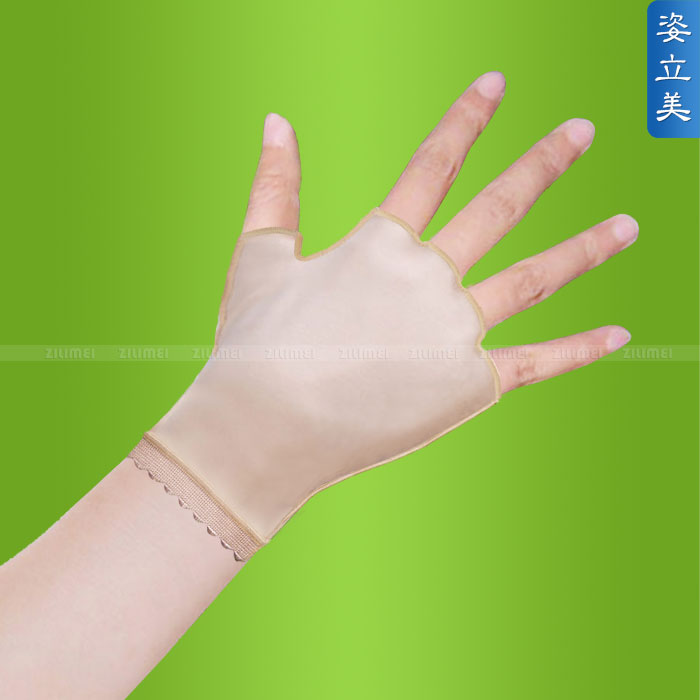
Medical elastic sleeve for elastic compression treatment of hemangioma
Using the continuous pressure provided by the elastic fabric, continuous compression for a long time can sometimes reduce or stop the development of hemangioma, and may even shrink the hemangioma. Elastic compression therapy is suitable for cavernous hemangioma and venous hemangioma with a wide range of limbs. This treatment method should be used as an adjuvant therapy combined with other therapies for the treatment of hemangioma.
Compression therapy is suitable for infants and young children with cavernous hemangioma and mixed hemangioma. The commonly used method is compression with elastic bandages. The bandage is wound from the distal end to the proximal end, as far as possible, until the hemangioma is flattened, and the fingers and toes are exposed outside the bandage to observe the peripheral circulation. In the first few days, open the bandage three times a week to check the blood supply and blood vessels of the affected limb. Tumor changes, check once a day in the future, and open the bandage once every two days after 2 weeks. If the blood circulation is good, immediately tighten the bandage. Compression therapy has a longer course of treatment, but the effect is significant. After 1 year, 95% of hemangioma can mostly resolve. In recent years, the application of intermittent gas compression devices abroad has achieved good results in the treatment of large-area hemangioma. This device consists of a pressure pump and a blood pressure cuff. The shape of the cuff is made according to the shape and size of the hemangioma, and the pressure inside is automatically adjusted by the pressure pump. The pressure starts at 4.0kPa (30mmHg), and when the child gets used to the device, gradually increase the pressure to the average value of the child's systolic and diastolic blood pressure (average arterial pressure), and relax for 30 seconds after every 90 minutes of compression. After six months, the hemangioma can completely regress.
Compression can promote the emptying of blood in the hemangioma, the destruction of endothelial cells, the formation of thrombus, and the degeneration of the hemangioma. Because compression can make blood cells and platelets stagnated in the tumor enter the blood circulation, and seal the small arteriovenous fistula in the tumor, compression therapy can be used for large-area hemangioma with thrombocytopenia and heart failure. Compression therapy is safe and effective, easy to implement, and can be used as the first choice for infants and young children with huge hemangioma of the extremities.
